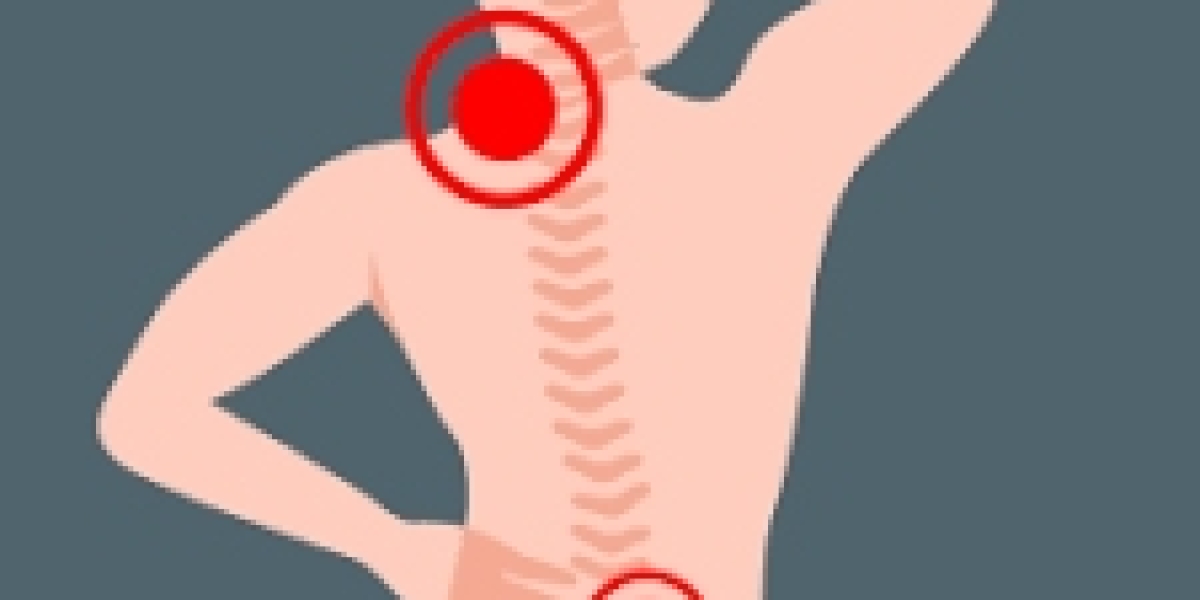Pain is an inevitable thread woven through the complex fabric of human existence. It punctuates our lives, leaving visible and intangible wounds in its wake. These wounds are chronicles of our struggles; they each record a different tale of growth, survival, and resiliency. However, our social narrative frequently avoids accepting these wounds, choosing instead to hide them behind stigma or silence. But what if we took the risk of redefining how we interact with suffering? What if we accepted our scars as symbols of our humanity and strength?
Pain has always been a part of human history, taking on countless forms. Pain in all its forms—physical from illnesses, accidents, and injuries; emotional from trauma, loss, and heartache; psychological from anxiety, depression, and existential angst—leaves a lasting imprint on our being. Rather than being imperfections to be covered up, these scars are windows into our life experiences. These are the tales that are engraved in our souls and on our skin, serving as a constant reminder of how deeply human we are.
The first step in carrying scars is admitting they exist. It demands us to look directly at the wounds inside of us, to slough off the layers of repression and denial, and to face our sorrow head-on. This acknowledgement requires vulnerability and courage, which are difficult qualities to have. But the only way we can start to make sense of our suffering, work through its intricacies, and take back control of our stories is by admitting it.
But recognition on its own is insufficient. We also need to learn to accept and value our scars as essential components of our identity. This calls for a drastic change of viewpoint, from regarding scars as indicators of weakness to viewing them as signs of power. Every scar reveals a tale of survival and is evidence of our intrinsic ability to bounce back from hardship. These are emblems of honor obtained during life's tribulations, signifying the turning points in our path.
Furthermore, our scars have deep connections between us. They serve as empathy bridges, connecting our suffering to that of others. By sharing our wounds, we open up channels for solidarity and healing that turn shame and loneliness into understanding and a sense of connection. By accepting our wounds, we not only pay tribute to our own experiences but also act as witnesses to those of others, creating a mosaic of our common humanity.
But accepting our scars does not entail exalting or romanticizing suffering. It does not make our wounds seem less serious or lessen the severity of our pain. Rather, it recognizes the richness of human experiences—the complicated interplay between optimism and despair, strength and vulnerability, and joy and sadness. Finding simple solutions or fast repairs is not the goal of accepting our wounds; rather, the goal is to accept life's messiness in all of its forms and hues.
Moreover, accepting our wounds allows us to develop and transform. It enables us to transform our suffering into resilience, compassion, and creativity by using it as a catalyst for change. Our wounds serve as the raw material from which we fashion our identities, transforming us into stronger, more resilient, more compassionate individuals. In this sense, our suffering ceases to be a weight to be carried and instead becomes a gift to be welcomed—a chance for personal development and revelation.
Embracing the stories of sorrow has long been a source of inspiration and catharsis in the fields of literature, art, and society. Throughout history, writers and artists have used their personal experiences with pain to inspire very insightful and beautiful works. The agonizing self-portraits of Van Gogh and the visceral anguish representations of Frida Kahlo are just two examples of how art has acted as a mirror to our common humanity, illuminating the depths of our resistance and suffering.
Comparably, literature has given a voice to the voiceless and oppressed, giving comfort and support to those who have suffered the most from social injustices. Writers such as Toni Morrison, Maya Angelou, and Chimamanda Ngozi Adichie have bravely delved into the complexities of trauma and pain, shedding light on the obscure facets of human existence through their literary works.
Social media has become a potent medium in the digital era for sharing tales of suffering and resiliency. People all around the world have found support and solidarity in the online space through hashtags like #MeToo, #BlackLivesMatter, and #MentalHealthAwareness. These folks use their voices to break the taboo around taboo topics and to push for change.
In summary,
Carrying the wounds from our suffering is a sign of strength rather than weakness. It is evidence of our humanity, resiliency, and growing potential. By accepting our wounds, we take back control of our stories, establishing relationships with people and turning our pain into inspiration and sources of strength.








